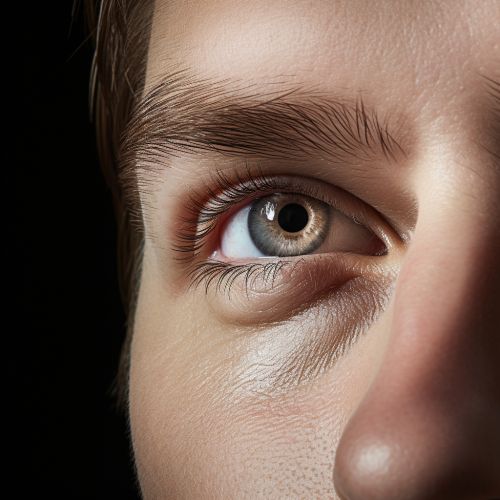The Science of Binaural Hearing and Spatial Audio
Introduction
Binaural hearing, also known as binaural audition, is the process by which the human auditory system processes sounds from two ears to perceive the spatial location of sound sources. This ability is crucial for our daily interactions with the environment, enabling us to localize sounds, focus on a particular sound source in a noisy environment, and recognize specific sounds.
Spatial audio, on the other hand, is a field of acoustics that studies how to reproduce binaural hearing using headphones or loudspeakers, creating an immersive audio experience that mimics real-world sound environments. This article delves into the science behind these two closely related fields.


Binaural Hearing
Binaural hearing is a complex process that involves several physiological and neural mechanisms. The human auditory system uses both physical and psychological cues to determine the location of a sound source.
Physiology of Binaural Hearing
The human auditory system consists of the outer, middle, and inner ear. The outer ear, or pinna, plays a crucial role in binaural hearing by collecting sound waves and directing them into the ear canal. The shape and position of the pinna provide important cues about the direction of the sound source.
The sound waves then reach the middle ear, where they cause the eardrum to vibrate. These vibrations are transferred to the inner ear, or cochlea, through the ossicles, a chain of three tiny bones. The cochlea transforms these mechanical vibrations into electrical signals that can be processed by the brain.
Neural Mechanisms of Binaural Hearing
The electrical signals from the cochlea are sent to the brain via the auditory nerve. The brain processes these signals using two primary mechanisms: Interaural Time Differences (ITD) and Interaural Level Differences (ILD).
ITD is the difference in arrival time of a sound at the two ears. The brain uses this time difference to determine the horizontal location of the sound source. ILD, on the other hand, is the difference in sound level at the two ears. This level difference is used by the brain to determine the vertical location of the sound source.
Spatial Audio
Spatial audio is an audio technology that aims to reproduce the natural sound environment and create a three-dimensional sound experience. This technology uses various techniques to simulate the acoustic characteristics of a specific environment and the spatial location of sound sources.
Techniques in Spatial Audio
Spatial audio techniques can be broadly classified into two categories: binaural techniques and transaural techniques.
Binaural techniques use headphones to deliver different audio signals to each ear, simulating the ITD and ILD cues used in natural binaural hearing. These techniques often use Head-Related Transfer Functions (HRTFs) to simulate the acoustic characteristics of the human ear.
Transaural techniques, on the other hand, use loudspeakers to create a spatial sound field. These techniques use crosstalk cancellation methods to ensure that each ear receives the correct audio signal.
Applications of Spatial Audio
Spatial audio has a wide range of applications, from entertainment to communication and navigation. In the entertainment industry, spatial audio is used in virtual reality (VR) and augmented reality (AR) systems to create immersive audio experiences. In communication, spatial audio can enhance teleconferencing by creating a sense of presence and spatial awareness. In navigation, spatial audio can provide directional cues to assist visually impaired individuals.
Conclusion
Binaural hearing and spatial audio are two interrelated fields that have significant implications for our understanding of human auditory perception and the development of audio technologies. By studying these fields, scientists and engineers can create more realistic and immersive audio experiences, enhancing our interaction with the digital world.
